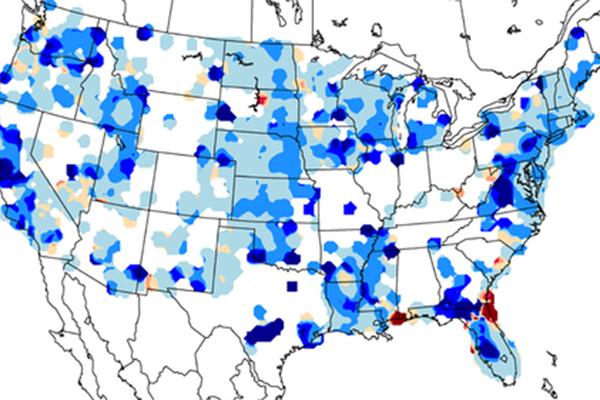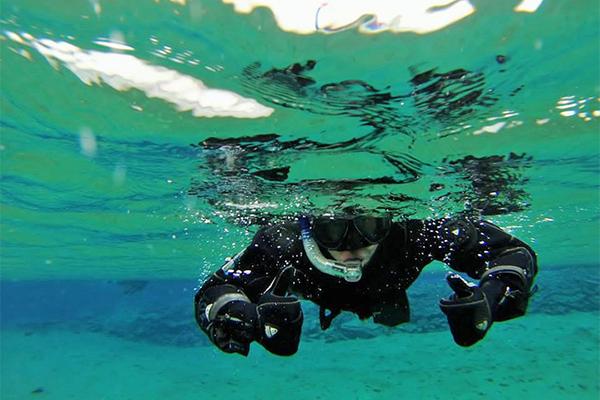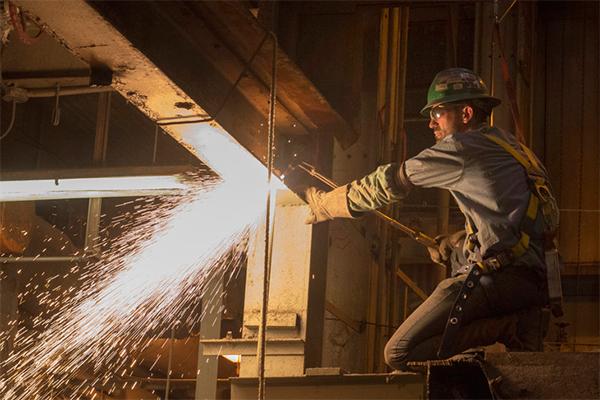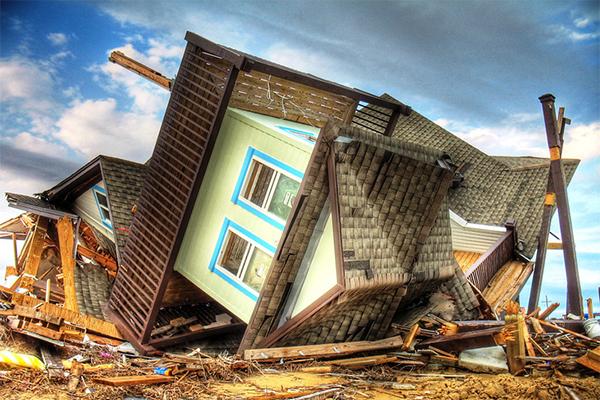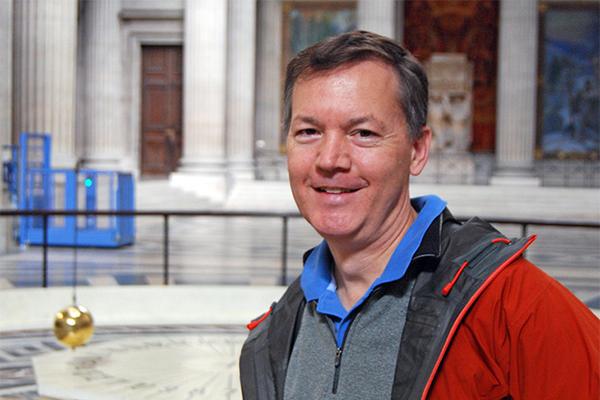-
About
-
Who We Are
-
Our Excellence
-
Enrollments
-
Strategic Initiatives
-
-
Academics
-
Programs
-
Certificate Programs
-
Programs beyond the classroom
-
Weather Education and Outreach
-
Study Abroad/Study Away
-
-
Undergraduate
-
Current Students
-
Student Resources
-
Undergraduate Staff
-
Beyond the Classroom
-
-
Graduate
-
Grad info block
-
Future Students
-
Meet our Graduate Students
-
Visit Us
-
Current Students
-
-
Research & Faculty
-
About Our Faculty
-
Faculty Directory
-
-
News & Events
-
Alumni & Donors
All News
Deep groundwater aquifers respond rapidly to climate variability
Changes in climate can rapidly impact even the deepest freshwater aquifers according to Penn State and Columbia University hydrologists.
Broader updrafts in severe storms may increase chance of damaging hail
Strong updrafts — currents of rising air — in severe thunderstorms are a prerequisite for hail formation. The width of these updrafts may be an indicator of an increased hail threat, according to Penn State meteorologists.
Penn State experiences lead to renewable energy job with GE for EMS student
It’s as if everything Amanda Berta touches turns to gold. Last year, the senior majoring in energy engineering in Penn State's College of Earth and Mineral Sciences (EMS) won an NCAA title with the Penn State women’s soccer team. Then, seeking more time on the field, she switched to rugby. The result? Another national title.
New database connects Penn State with Pennsylvania schools
Navigate Education in PA, created by the staff at Penn State's Center for Science and the Schools, is an online database that contains information on more than 4,800 Pennsylvania education agencies, including public, private and charter schools; intermediate units; career and technology centers; and higher education institutions.
Campus natural gas power plants pose no radon risks
When Penn State decided to convert its two power plants from their historic use of coal as a source of energy to natural gas, there was concern about radon emissions. Although radon is known to exist in natural gas, now Penn State research indicates that it does not escape from these two power plants in harmful amounts.
Grad student examines links between housing, income and hazard risk
Penn State geography student Travis Young is researching why low-income neighborhoods in Houston are the only ones in the area at high risk for flooding. His research interests stem from many factors in his personal and professional life.
Penn State creates new center for microbiome research
A University-wide effort to promote the study of microbiomes at Penn State has led to the creation of a center for microbiome research, a fast-growing area of scientific inquiry. Microbiomes are the communities of microorganisms that live on or in people, plants, soil, oceans and the atmosphere.
Chen receives society’s highest materials science honor
Long-Qing Chen, Donald W. Hamer Professor of Materials Science and Engineering, professor of engineering science and mechanics, and professor of mathematics at Penn State, has been named a fellow of The Minerals, Metals and Materials Society (TMS), the society's highest honor.
Climate dynamics professor co-authors report assessing cost of climate change
Chris Forest, associate professor of climate dynamics at Penn State, was co-author of a National Academies of Sciences, Engineering and Medicine report recommending new methods for estimating the social cost of carbon emissions worldwide. According to the report, new practices would strengthen the scientific basis, provide greater transparency, and improve characterization of uncertainties over the current estimates.
Senior makes most of materials science opportunities to land aerospace job
Emma Vetland comes from a long line of nautical experts, but she’s charting a different course for her future. The Penn State senior majoring in materials science and engineering became the first member of her family to go to college rather than continuing her family’s generations-long path as tugboat operators on the Hudson River.


